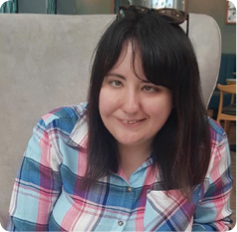References
Living with Moebius syndrome

Abstract
Moebius syndrome is a congenital neurological disorder that impacts facial expression, communication and appearance. In this article, the authors will discuss the psychological and social impacts of living with this rare form of facial palsy. Existing research suggests that patients may face challenges in developing psychological wellbeing, positive body image and in communicating effectively with others. Therefore, recommendations for nursing practitioners in how to best support this patient group are discussed.




Moebius (also known as Möbius or Mobius) syndrome is a rare congenital neurological disorder characterised by impaired facial expression and eye abduction (moving beyond midline) (Verzijl et al, 2003). It results from an absence or underdevelopment of the sixth and seventh cranial nerves (Verzijl et al, 2003; Briegel, 2006). The cause is unknown—it might be genetic or environmental in origin or a combination of the two. One theory proposes an ischemic cause, for instance, vascular disruption during early development (Briegel, 2006). Moebius syndrome is not heritable, although there are similar conditions that result in hereditary congenital facial paralysis, though eye abduction is not affected in these (Verzijl et al, 2003). The incidence is estimated to be one to 20 per million births, and it occurs equally in women and men and across races (Verzijl et al, 2003).
Register now to continue reading
Thank you for visiting Journal of Aesthetic Nurses and reading some of our peer-reviewed resources for aesthetic nurses. To read more, please register today. You’ll enjoy the following great benefits:
What's included
-
Limited access to clinical or professional articles
-
New content and clinical newsletter updates each month


